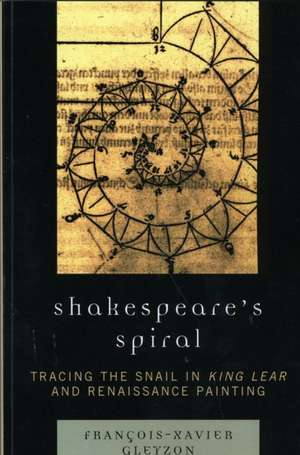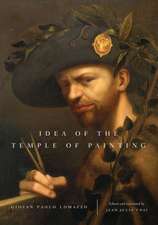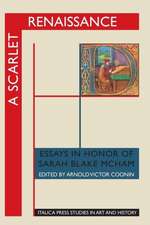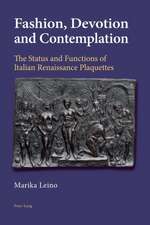Shakespeare's Spiral
Autor Francois-Xavier Gleyzonen Limba Engleză Paperback – 18 mar 2010
Preț: 486.41 lei
Nou
Puncte Express: 730
Preț estimativ în valută:
93.10€ • 101.17$ • 78.26£
93.10€ • 101.17$ • 78.26£
Carte tipărită la comandă
Livrare economică 21 aprilie-05 mai
Preluare comenzi: 021 569.72.76
Specificații
ISBN-13: 9780761841371
ISBN-10: 0761841377
Pagini: 254
Dimensiuni: 152 x 226 x 20 mm
Greutate: 0.39 kg
Editura: Rowman & Littlefield
ISBN-10: 0761841377
Pagini: 254
Dimensiuni: 152 x 226 x 20 mm
Greutate: 0.39 kg
Editura: Rowman & Littlefield
Notă biografică
Descriere
This book explores the figure of the snail in Shakespeare and in Renaissance painting. From the emergence of the gastropod object/subject in the text of King Lear and its iconic interface in Giovanni Bellini's painting Allegory of Falsehood, this study follows the path traced by the snail throughout the Ouvre.





















